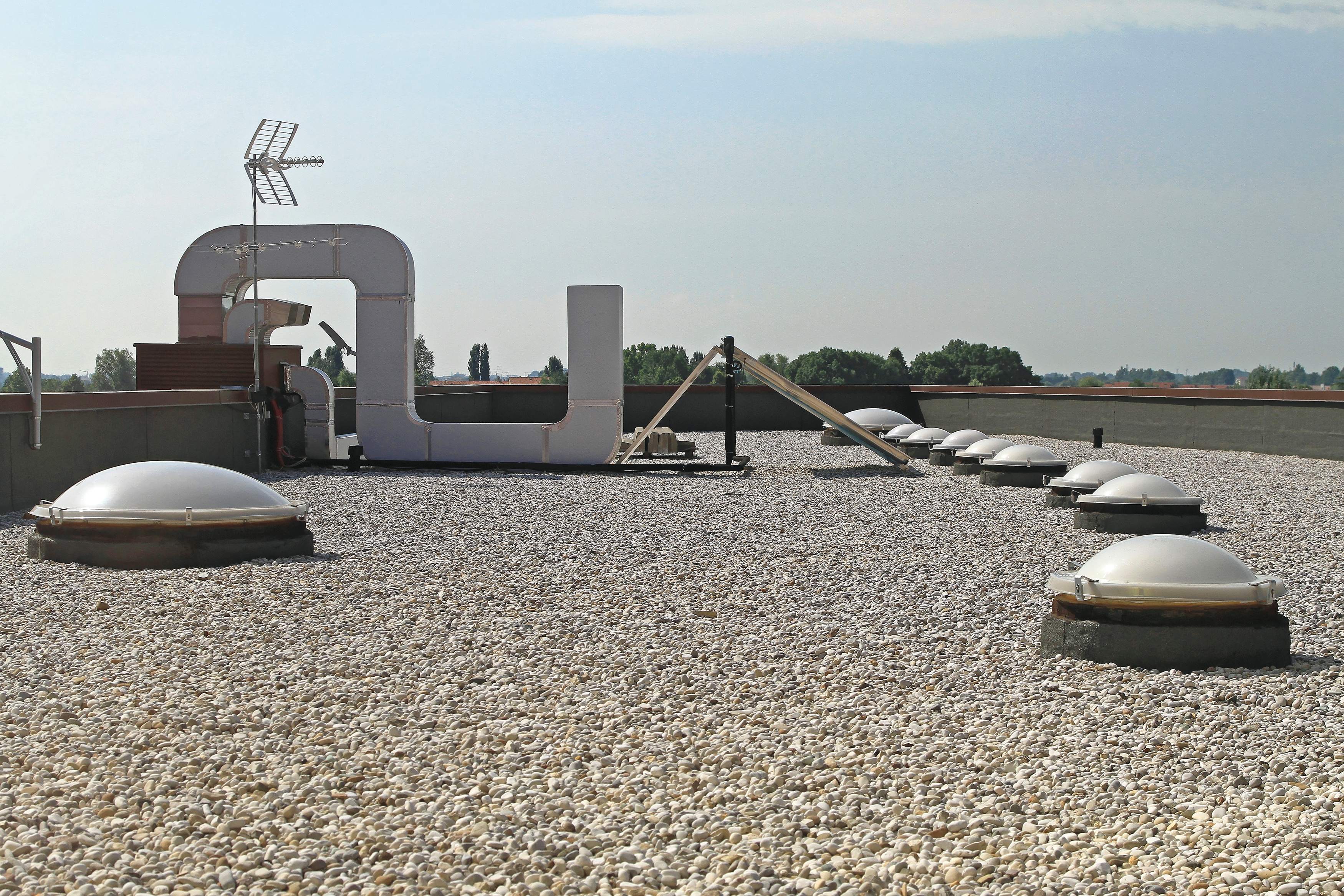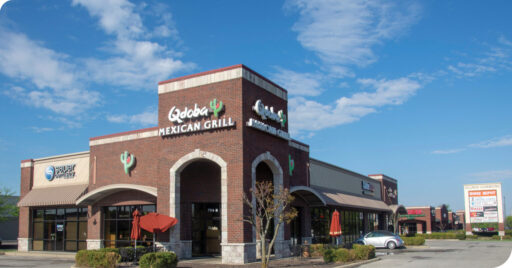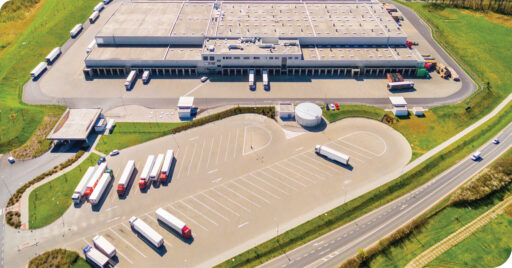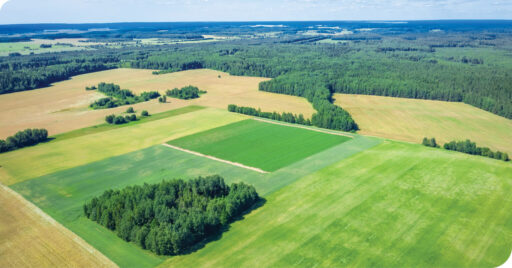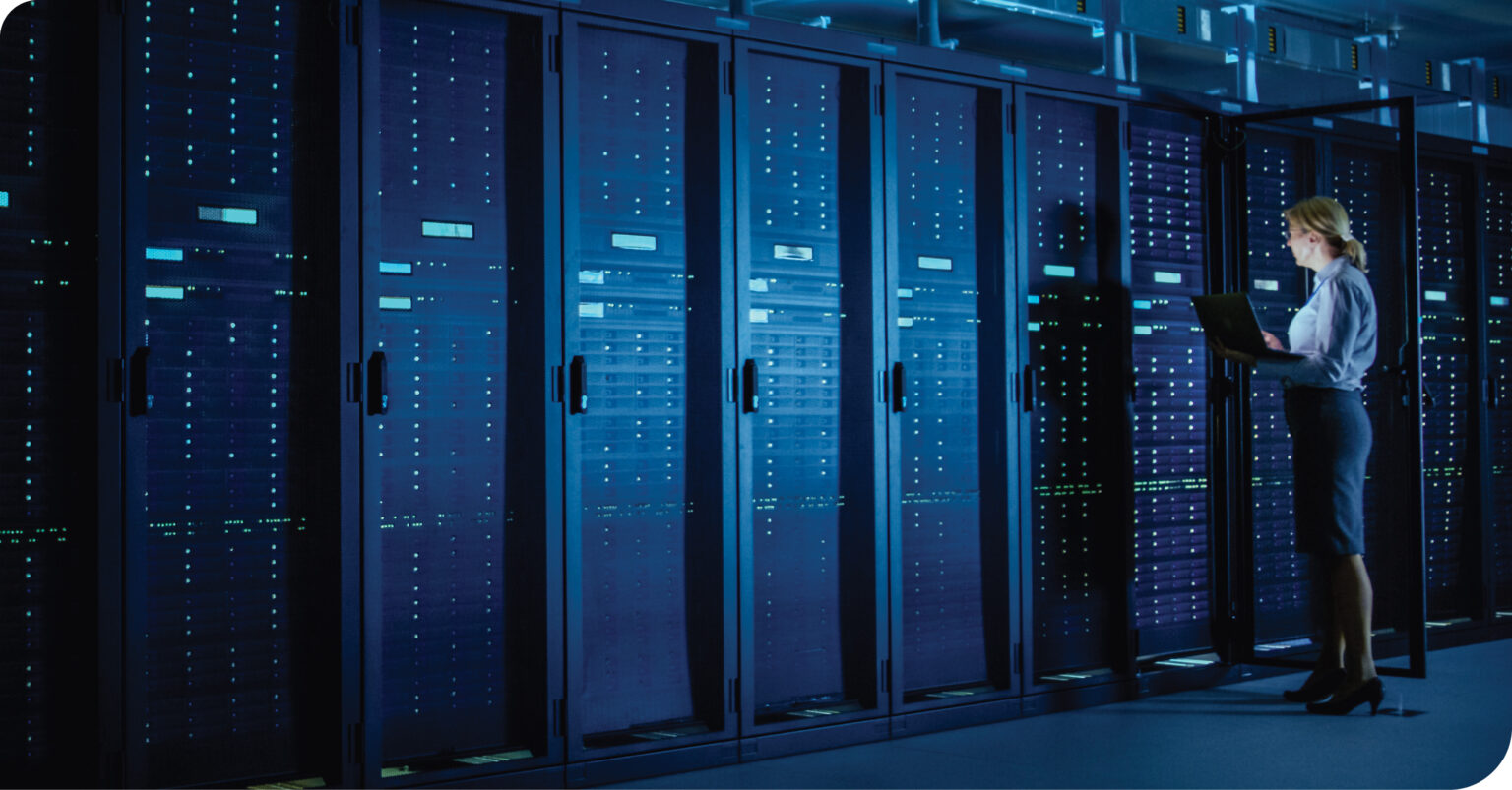Industrial Roofing Options
So you’ve bought a building. You’ve waded through all of your financing options, found a great commercial real estate broker who understands your company’s needs, looked at every possible 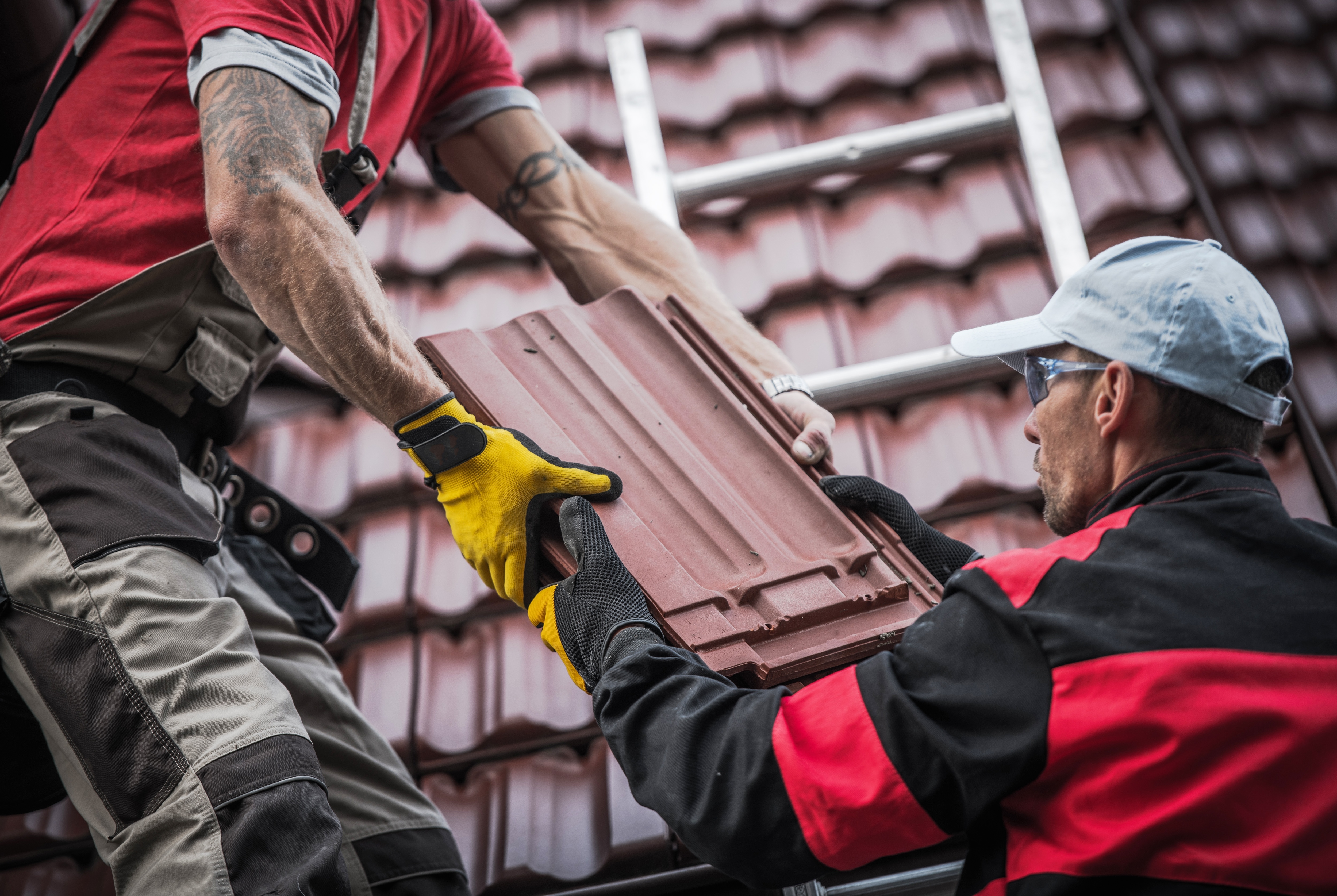
Whether the cause is wind, hail, or simply old age, any roof will eventually need replacing. In an increasingly environmentally- and cost-conscious world, roofers offer a seemingly endless array of low-cost, energy-efficient, and “green” roofing material options, each with its own pros and cons to consider. Most roofing materials can be sorted into four categories: thermoplastic (TPO), EPDM, metal, and built-up.
Thermoplastic Roofing
Also called TPO roofing, thermoplastic roofing material is a single-ply polymer made from polyprophylene and ethylene-propylene rubber. It is installed in wide sheets, available in a variety of thicknesses, to minimize the number of seams and is resistant to puncturing, tearing, and weather-related wear. Because of its highly reflective surface in white or light-colored membranes, it can help maintain cooler temperatures inside the building and lower cooling costs. TPO roofing is also recyclable, and often meets or exceeds the EPA’s Energy Star program requirements.
EPDM Roofing
Ethyline Propolyne Diene Terpolymer roofing is a synthetic rubber roofing membrane derived from oil and natural gases. EPDM has one of the longest life expectancies—roofing companies often cite a lifetime of 20 to 30 years, but the EDPM Roofing Association asserts a lifetime of up to 50 years. EPDM roofing can be installed in sheets, similarly to TPO, but it is also available as a seamless option. It is also recyclable, like TPO, and white or light-colored options can help reduce temperatures and cooling costs. Some of the materials used to install and adhere EPDM roofing were developed specifically for use in roofing, and have low volatile organic compound emissions. EPDM has also been used in rooftop garden, pond lining, and RV roof applications, in part because of its environmentally-friendly composition and flexibility as a material.
Metal Roofing
Metal roofing might be considered an “Old Faithful” among roofing options. It is durable, fire resistant, and can be installed with standing seams to prevent the possibility of water penetration. Metal roofs also come in a variety of colors and metallic compositions, allowing for great customization. A variety of coating options can also help protect metal roofing from rust and weather damage over its lifespan—which ranges from 30 to 70 years. However, metal roofing is more costly than some other options and is easily dented and scratched by weather events like hail or heavy storms.
Built-Up
Also referred to as tar and gravel roofing, a built-up roof is installed by layering bitumen with roofing felts. The bitumen used to bond these layers can be either a hot- or cold-applied adhesive; mopping of hot asphalt or coal tar are common in a hot-applied roof, while a number of polymers are available for use as a binding agent in cold-applied roofs. Built-up roofing is useful in waterproofing applications and durable in inclement weather. It is also a low-maintenance option. However, the environmentally conscious may object to the installation process for built-up roofing, which may create hazardous fumes and vapors. The installation process is also expensive and time-consuming.
When choosing a roofing material, you should always consider your environment and needs. A building in a warmer climate could benefit from a TPO or EPDM option, likely to reduce cooling costs during summer months. Built-up roofing may be more desirable for an owner who wants sound waterproofing and UV protection. Metal roofing is an aesthetically pleasing, durable, low maintenance option. Also check local building codes and requirements for any information on roofing material restrictions— or materials that could qualify you for an environmentally-friendly “green” initiative in your area.

To read more about George visit our website.

